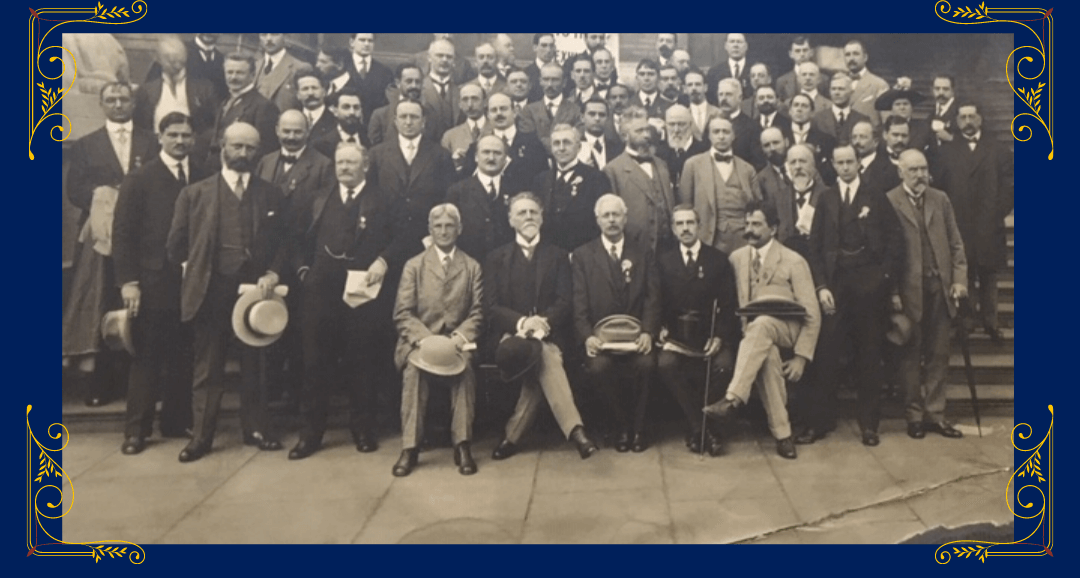


As JBJS assembled Making History Together, we marveled at just how far we and the field of orthopaedic surgery have come since the precursor to the current journal debuted in 1889. From a small, scholarly journal read by fewer than 800 readers, JBJS has grown in size and scope to meet the needs of a global, interconnected community of more than 100,000 surgeons.
As with many fields, orthopaedics continues to evolve, with new subspecialties, scientific discoveries, and techniques being consistently reflected in our print and digital articles, podcasts, videos, events, adaptive learning platforms, and online hub. And while the practice of orthopaedics has changed over the last century, so too have the orthopaedic community and the ways in which we connect, interact, and learn from each other.
Our profession has evolved from “belts and braces” to innovative and integrated total patient care. Orthopaedics has always been a competitive medical specialty that has attracted the best and brightest minds and hands in medicine, from the dedicated professionals who developed the first surgical interventions for the treatment of fractures, to the brilliant surgeons who innovated technology to make arthroplasty and joint replacement a reality, to the the forward thinkers who laid the foundation for the field of sports medicine, to the researchers who have developed and tested countless other surgical, lifestyle, and pharmacologic interventions designed to improve the musculoskeletal health and overall well-being of our patients.
As the practice of orthopaedic surgery advanced over the years, so too has JBJS. Early on, we primarily published large cohort studies. As study designs and methods of evaluating results became more sophisticated, JBJS added articles on randomized controlled trials, insisting on standards of trial design and registration to prevent statistical gamesmanship.
We subsequently started publishing meta-analyses and systematic reviews as a way to synthesize numerous studies into single conclusions that surgeons can understand, absorb, and put into practice. Additionally, in 2003, we began to assign “Levels of Evidence” to all clinical studies in order to help our readers understand how to relate what they’re reading to their own practice.
Along the way, we’ve met orthopaedic surgeons where you’ve needed us the most. We’re right alongside you when you make the (brilliant!) decision in medical school to specialize in orthopaedic surgery and need a reliable source for introductory knowledge about musculoskeletal injuries and diseases.
We support you during your residency with the adaptive learning JBJS Clinical Classroom program and other on-demand tools that help you interpret scientific data, evaluate statistics, and design studies. Perhaps JBJS even serves as the focal point for your journal club.
JBJS is required reading among practicing surgeons, helping you hone procedure-specific skills through our media-rich archive of essential techniques and trusted, reliable journal articles. And for those who wish to join the ranks of published authors, JBJS provides valuable manuscript feedback from dedicated reviewers around the globe.
Throughout the decades, even as surgical techniques have advanced, new professionals have entered the field, and scholarly publishing technology has evolved, JBJS has retained its old-school focus on scholarship and rigorous peer review – a tenet that will not change no matter where the future takes us.
We are proud to have done our part in helping to advance the field of orthopaedic surgery over the last 130 years. We’ve been honored to encourage excellence in surgical practices through the gold-standard, evidence-based, peer-reviewed content that we publish. And we’ve been grateful for the many ways in which you – our authors, reviewers, staff, and subscribers – have propelled us forward over the years. Your dedication to developing long-term relationships with your patients and changing their lives for the better is contagious, and we truly value every step in our shared history.

Sign up to receive your free JBJS 2020 Special Issue—a compilation of the most-read articles. You get twelve articles across six JBJS publications in this special issue.